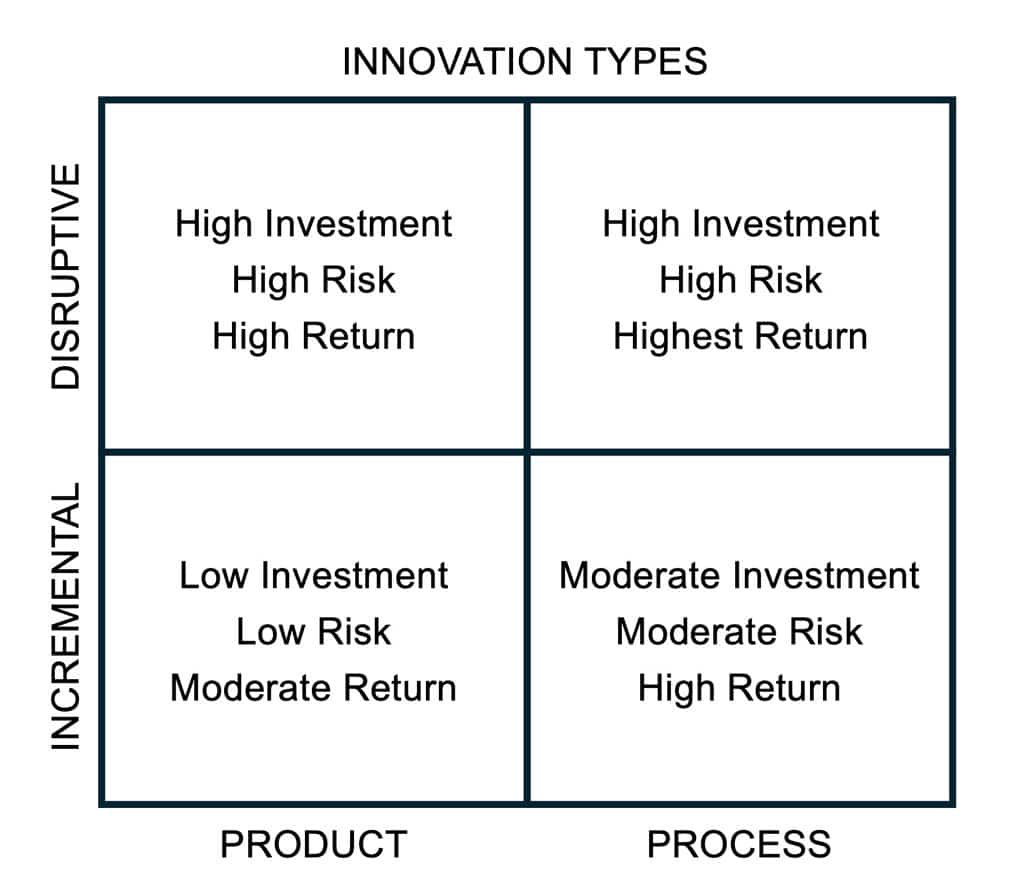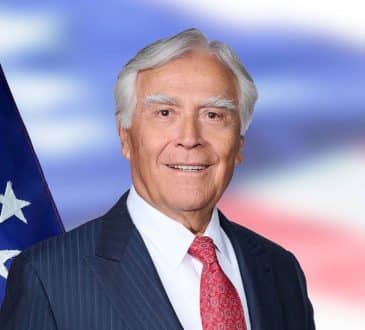An Innovative Culture Starts with the CEO

In today’s rapidly changing business climate, companies that fail to innovate will quickly become irrelevant. But while every CEO knows this, too few understand how to foster this critical element of their strategy. After several decades of managing businesses in the high-tech world, I’ve learned five lessons that can help CEOs in all kinds of businesses lead their organizations to greater innovation success.
Lesson 1: Educate employees on the company’s business strategy and priorities
You cannot just turn people loose and expect them to innovate. Innovation will not thrive unless employees have at least a basic understanding of the company’s business. Without that, any useful innovations they come up with will be due to little more than blind luck.
It is the CEO’s responsibility to make this happen. It takes more than writing inspiring columns in company newsletters or sponsoring innovation contests for employees to show that innovation is important. Employees need to understand the company’s mission, priorities, and core values. That insight will help everyone in the organization know how to focus their thoughts on ideas that can really make a difference.
Some managers are reluctant to do this because they worry that if an employee leaves to go to work for a competitor, they will tell their new employer everything about the company’s strategy. But you should not be sharing strategy at such a detailed level that competitors could use it against you if they knew it. A high-level story of your mission, priorities, and competitive situation is something your competitors undoubtedly already know. If not, they are probably not much of a threat.
Lesson 2: Explain that innovation is more than just ideas for new products or services
Employees often imagine that innovation is only about inventing new products or services. The latest sports car from BMW may capture the public’s imagination and make innovation headlines, but there is more to innovation than that. Process innovation can be even more powerful. Improving the manufacturing process for BMW automobiles, for example, will benefit every vehicle that goes through it, not just the flashy new sports car hyped in the press.
To better understand the different kinds of innovation, imagine it being structured along two axes. On the horizontal axis, define it as either product innovation or process innovation (think of “product” innovation as including services as well as physical products). On the vertical axis define it as either incremental innovation or disruptive innovation. The result as shown in the figure is a rectangle with four quadrants. Each quadrant shows the relative level of investment, risk, and return for that type of innovation.

The way to manage innovation depends on the quadrant. Disruptive innovation delivers new products or services to new customers. This kind of innovation can take many months or years to deliver a return on investment. Since it is a drain on near-term profits, the managers responsible for meeting monthly business targets will not want to do it. If their results are lagging, they will see the innovation project as the first place to cut. The best way to manage disruptive innovation is through a separate organization not held hostage to near-term results.
The driving factors behind incremental innovation are different. The objectives here are to either improve the experience for existing customers, improve the profitability of the product line, or both. These are exactly the priorities those business managers should have. Incremental innovations should almost always be managed from within the product line they will benefit.
Lesson 3: Allow time for employees to explore innovative ideas
Innovation takes time. The leadership team needs a vision for the amount of time they will support for people to work on innovative ideas outside their regular jobs. In my tenure as business general manager at Agilent Technologies, I targeted an average of 5 percent of the overall organization’s time for “blue-sky” innovation—the discovery phase where an idea was initially being explored. That amounted to an average of two hours per person per week, although I never envisioned there being a two-hour-per-week clock that tracked everyone’s time. I left it to the individual department managers to decide how best to allocate that time.
I did not expect this two-hour window of time to be a black hole employees could use in secret. My expectation was that the employee or a small group of employees would come up with the glimmer of an idea on their own, then discuss it with their manager to get the support they needed to explore it. I coached managers to treat an employee’s idea with respect. The worst thing they could do is shoot an idea down by saying something like, “We tried that before, and it didn’t work.” The problem may not have been with the idea but with the execution. And even if the idea was the problem, it is possible that new thinking could uncover ways to improve it.
If an innovative idea proves promising, the innovators will need more time to pursue it. At this point the idea moves out of the discovery phase’s 5 percent time threshold and into the realm of a formal, separately funded project. Small projects could be funded within an individual department. Larger projects would need to be brought to my senior leadership team for approval and funding. I have always tried to include a line item in my annual budget that allows me to fund a few innovation initiatives while still meeting my committed numbers. Having this line item also shows that top management has a true commitment to innovation.
Lesson 4: Provide employees with resources to support innovation
Resources come in many forms: people, money, tools, time, and training. The relative importance of each depends on the stage an innovation is at. In the earliest stages—the blue-sky phase before an idea has solidified—the priority should be on giving the innovators access to knowledge that will help them in their innovation process. One way to do this is to send representatives to training courses put on by universities or consulting firms. Another is to send innovators to relevant trade shows after carefully planning the objectives for each attendee.
For ideas that have already been defined and approved for investigation, success depends on ensuring that the leadership team has committed the necessary resources: an adequate staff of people with time and space to do the work, adequate funding, and whatever hardware or software tools that may be necessary.
Lesson 5: Reward both success and constructive failure
Employees need to be confident that working on an innovative idea is encouraged even if the idea does not pan out. People who have put dedicated effort into innovation need to be rewarded not only to recognize their own work but also to show others that innovation is important. Rewarding success is easy; rewarding failure is more of a challenge. Not every failure is equal, and not every failure deserves to be rewarded.
Offering employees an incentive for achieving their goals is a good way to recognize their contributions, but it does not need to be something pricey. A group lunch, a small bonus, or an inexpensive memento presented at a group meeting may well be sufficient, ideally something that is related to the objective.
Deciding whether to reward failure depends on why the failure happened. Some failures occur for reasons the innovators could not have known in advance. Not every possible market opportunity will pan out, and not every technology will prove feasible, but you won’t know that until you spend time investigating them. These kinds of failures should be recognized as delivering useful insight that helps shape future strategies.
Failures that are the result of avoidable problems do not deserve either public recognition or public humiliation. Treat them as learning experiences by having a private discussion with each team member to explore how they can use what they learned to improve their ability to deliver on future projects.
Innovation is essential to a company’s ongoing success
Innovation will always be critical to success in the business world. Managers must understand how to cultivate it in their organizations and how to encourage it with their employees. Every employee in the organization should believe innovation is possible and encouraged. It is the responsibility of senior leaders to assure that all employees know this.
Written by Stephen W. Hinch.
Have you read?
The World’s Best Medical Schools.
The World’s Best Universities.
The World’s Best International High Schools.
The World’s Best Business Schools.
The World’s Best Fashion Schools.
The World’s Best Hospitality And Hotel Management Schools.
Bring the best of the CEOWORLD magazine's global journalism to audiences in the United States and around the world. - Add CEOWORLD magazine to your Google News feed.
Follow CEOWORLD magazine headlines on: Google News, LinkedIn, Twitter, and Facebook.
Copyright 2025 The CEOWORLD magazine. All rights reserved. This material (and any extract from it) must not be copied, redistributed or placed on any website, without CEOWORLD magazine' prior written consent. For media queries, please contact: info@ceoworld.biz








